
How do scuba divers sink?
Hands-on Activities
It’s not easy to dive deep underwater. How do divers get down deep? Learn how scuba divers manipulate density to move up and down in this hands on activity.

How does detergent work?
Hands-on Activities
Become a pro at washing dishes! Learn how the chemical structure of detergent makes it perfect for attracting grease and grime.
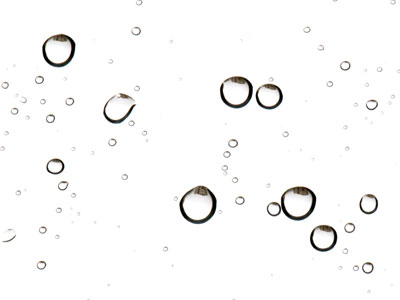
How does rain become acidic?
Hands-on Activities
Learn how to make a pH indicator and test water samples.
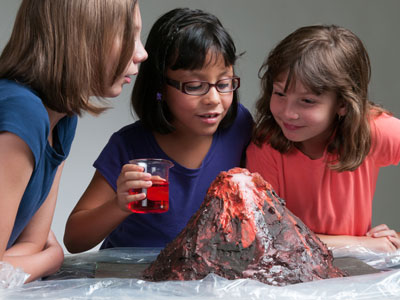
How can I make a volcano?
Hands-on Activities
Create a model of an erupting volcano and learn about the structures of a stratovolcano in this hands-on activity.
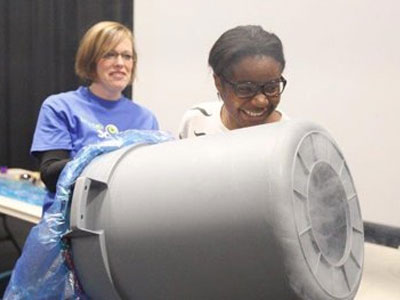
How can I make a Vortex Cannon?
Hands-on Activities
Build a vortex cannon and discover how fluids (liquids and gases) can move in unique ways due to their physical properties.
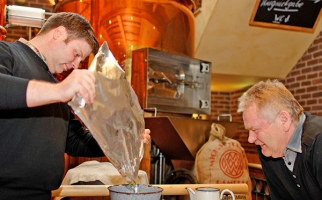
Hop To It! The Science Behind Beer
STEM Explained
Brewing beer involves a series of complex biochemical reactions.

Chemical Equilibrium and Panic Attacks
STEM Explained
Panic attacks are scary and they upset your body’s chemical equilibrium. Learn what happens to acids & bases in your circulatory system during a panic attack.

Cleaning Up Nuclear Waste After Decommissioning
STEM Explained
When a nuclear reactor is no longer in use, the radioactivity in its materials remains. That’s why it’s important to safely deal with the radioactive waste those plants leave behind.
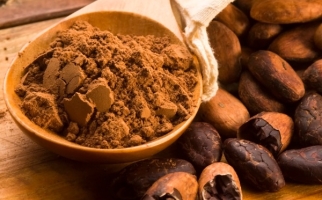
Can Chocolate Make Your Brain Work Better?
STEM Explained
Researchers have found that consuming foods rich in flavanols is linked to more efficient blood flow, which can improve brain function.
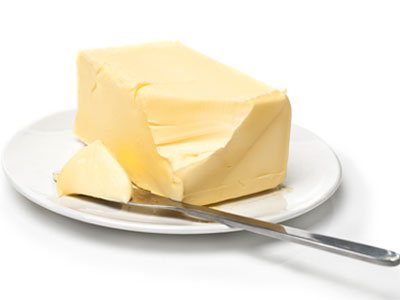
Can we make butter?
Hands-on Activities
Do you like butter? Find out how easy it is to make!

A Merry Molecular Christmas
STEM Explained
Many holidays mean delicious food - and smells! This fun article looks at the chemistry behind the common aromas of Christmas.

A Taste of Heavy Metal
STEM Explained
Heavy metal is a term for some toxic chemical elements. They can cause problems like bioaccumulation, but are useful in nuclear medicine and medical imaging.
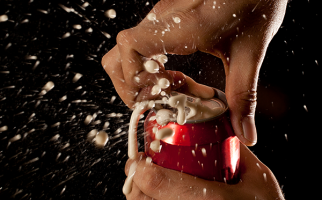
The Chemistry of Pop
STEM Explained
There’s a lot of cool chemistry in a can of pop! Learn how solubility, chemical equilibrium, acids & bases and gas laws work in some of your favourite drinks.
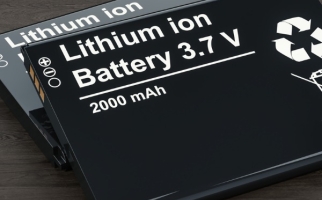
How does a lithium-Ion battery work?
STEM Explained
Learn about the electrochemistry in the batteries that power many of the devices you use every day.
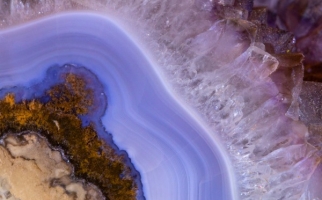
What is a Crystal?
STEM Explained
Learn what makes a crystal a crystal.